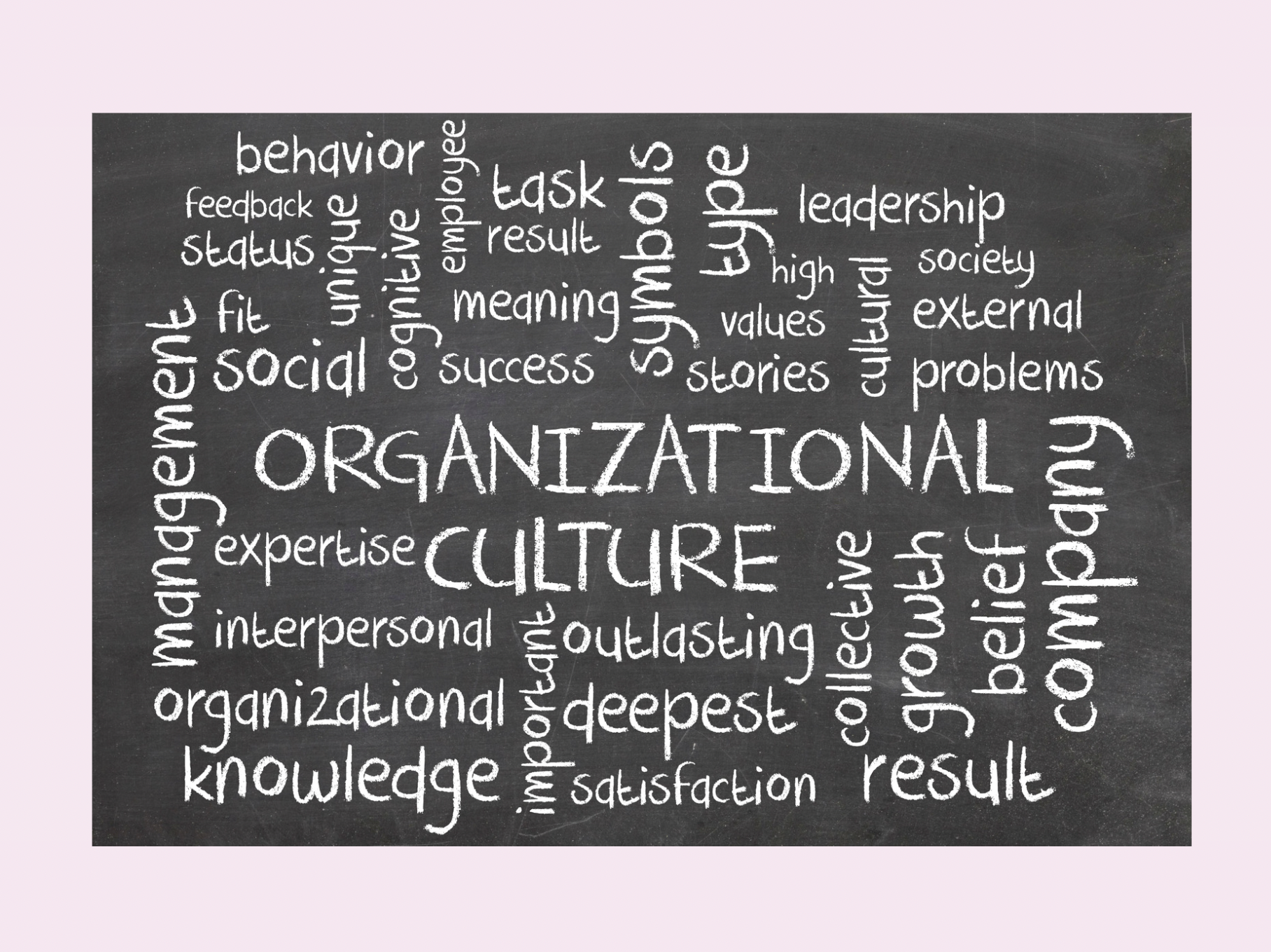Topic 1: Organizational Culture (Definition)
What is organizational culture?

Organizational Culture is ‘the collection of values, expectations, and practices that guide and inform the actions of all team members.'”

Aspects of Organizational Culture
An organization must begin with an understanding of culture in general, and their organization’s specific culture. At the deepest level, an organization’s culture comes from assumptions about the following:
Human Nature
Are people inherently good or bad? Fixed or mutable (do they stay the same or change?) Proactive or reactive (do they take action, or do they react to events?) These basic assumptions lead to beliefs about how members, clients, vendors, and stakeholders should interact and how they should be managed.
Organizational Environment
How does the organization define its core functions and its constituencies?
Appropriate Emotions
Which emotions should people be encouraged to express, and which ones should be suppressed?
Effectiveness
What metrics show whether the organization and its individual components are doing well? An organization will be effective only when the culture is supported by an appropriate operational strategy. The organization must also have a structure that is appropriate for itself and the desired culture.
An organization’s culture should be based on strongly held and widely shared beliefs supported by strategy and structure. When an organization has a strong culture, three things happen: Members and staff know how leadership wants them to respond to any situation; they believe that the expected response is the proper one; and they know that they will be rewarded for demonstrating the organization’s values.
This video explains organizational culture and touches on organizational subcultures, which will be discussed more in the next topic.
“Organizational culture is not the same as an organization’s mission or vision, though staff alignment with these concepts is very important. In the next topic, we’ll learn about factors influencing organizational culture.”

